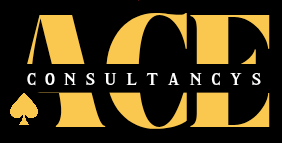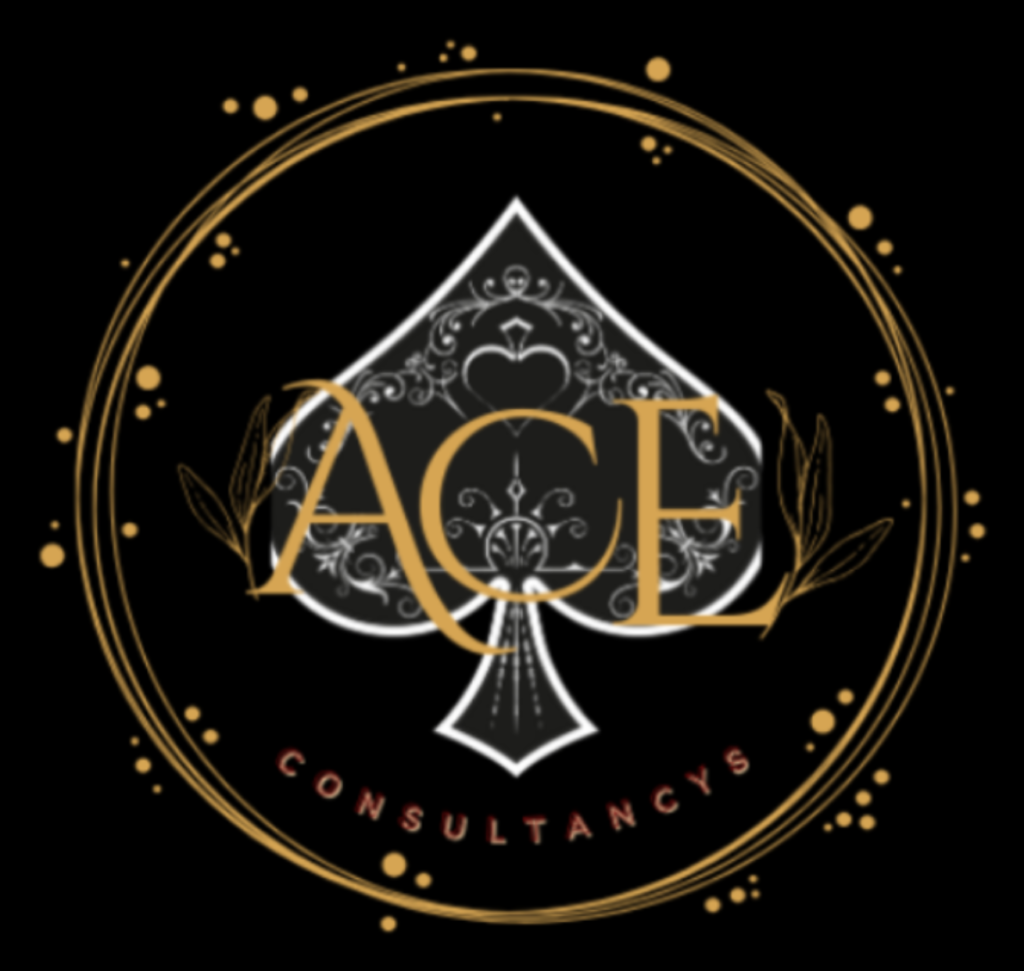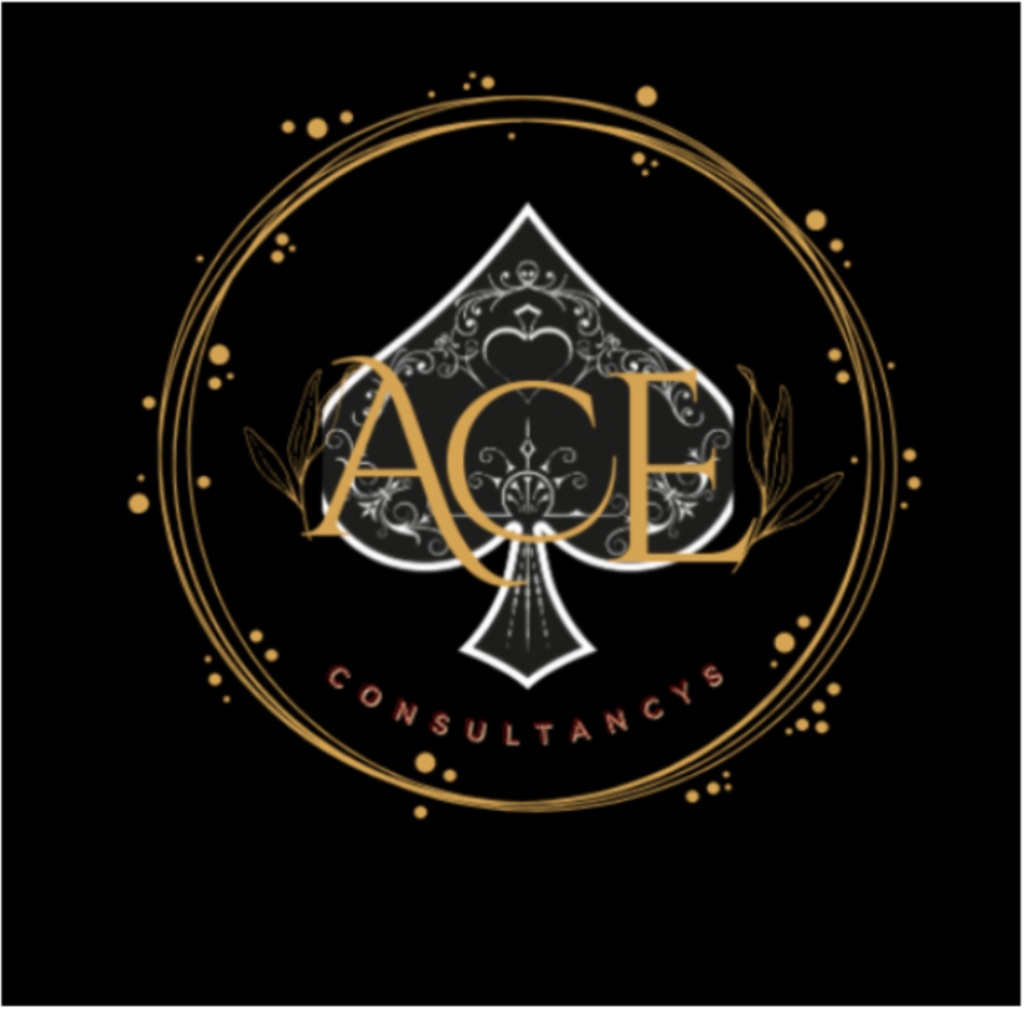Introduction
In today’s competitive business landscape, sales call etiquette can make or break your chances of closing a deal. According to a study by Salesforce, 85% of customers report that the experience a company provides is as important as its products or services when making purchasing decisions. Mastering sales call etiquette isn’t just about being polite—it’s about strategic communication that builds trust, demonstrates value, and moves prospects through your sales funnel effectively. Whether you’re a seasoned sales professional or just starting out, understanding what to say and what to avoid during sales calls can dramatically improve your conversion rates and help you build lasting customer relationships.
The Critical First 30 Seconds
The opening moments of your sales call set the tone for the entire conversation. Research from Gong.io shows that successful sales calls typically begin with a clear, concise introduction that respects the prospect’s time. Their analysis of over 2 million sales calls revealed that top-performing salespeople spend 40% less time talking about their company in the first 30 seconds than their less successful counterparts.
When making your introduction, identify yourself and your company clearly, then immediately acknowledge the value of your prospect’s time. For example: “Hi [Name], this is [Your Name] from [Company]. I know you’re busy, so I appreciate you taking my call. Is this still a good time to talk for about [specific time frame]?”
What to avoid in these crucial opening moments is equally important. Never launch into a scripted pitch without confirming the prospect has time to talk. Additionally, avoid using vague language about why you’re calling—ambiguity creates suspicion and reduces trust.
Building Rapport Without Wasting Time
Sales call etiquette demands finding the balance between building genuine rapport and respecting business boundaries. According to Harvard Business Review, salespeople who connect with prospects on a personal level are 240% more likely to move forward in the sales process. However, this doesn’t mean forcing awkward small talk.
Effective rapport-building stems from authentic curiosity about your prospect’s situation. Ask thoughtful questions about their business challenges that demonstrate you’ve done your homework. For instance: “I noticed your company recently expanded into the West Coast market. How has that transition been going?”
What to avoid here is superficial or overly personal conversation that feels insincere or invasive. Skip generic comments about the weather unless there’s something genuinely remarkable happening. Similarly, avoid discussing polarizing topics like politics or making assumptions about personal interests based on limited information.
The Art of Active Listening
Perhaps the most underrated aspect of sales call etiquette is mastering active listening. A study by Sales Hacker found that top-performing salespeople talk only 43% of the time during successful sales calls, spending the majority listening to prospects.
Active listening involves more than simply waiting for your turn to speak. It requires acknowledging what you’ve heard, asking clarifying questions, and demonstrating understanding of the prospect’s situation. Phrases like “If I understand correctly…” or “That sounds challenging, can you tell me more about…” signal that you’re genuinely engaged.
What to avoid is interrupting the prospect, finishing their sentences, or immediately countering their concerns with solutions before fully understanding the problem. These behaviors signal that you’re more interested in making your pitch than solving their problems.
Handling Objections with Grace
Every salesperson encounters objections, but sales call etiquette dictates how you respond makes all the difference. According to data from Richardson Sales Performance, 77% of successful deals involve salespeople who address objections directly rather than avoiding them or becoming defensive.
When a prospect raises an objection, acknowledge it as valid rather than dismissing it. For example: “That’s a fair concern. Many of our current clients initially had similar questions about [objection].” Then address the specific concern with evidence, case studies, or testimonials that speak directly to their worry.
What to avoid is taking objections personally or becoming argumentative. Never use phrases like “Actually, you’re wrong about that” or “You don’t understand our offering.” These defensive responses damage rapport and decrease trust. Equally important is avoiding over-promising just to overcome an objection—this creates problems later in the customer relationship.
The Strategic Close
Closing techniques require particular attention to sales call etiquette. Research from HubSpot indicates that 58% of prospects want to discuss pricing on the first call, yet many salespeople avoid this conversation. Being transparent about costs demonstrates respect for the prospect’s decision-making process.
When moving toward closing, summarize what you’ve learned about the prospect’s situation and clearly articulate how your solution addresses their specific needs. Then, propose a concrete next step: “Based on what we’ve discussed, I’d recommend scheduling a demo with our technical team next week. How does Tuesday at 2 PM work for your schedule?”
What to avoid is using high-pressure closing tactics that create discomfort. Phrases like “What would it take to get you to sign today?” or artificial urgency like “This price is only available until the end of the day” damage trust. Also avoid vague closes—always have a specific next action in mind.
Conclusion
Mastering sales call etiquette is foundational to sales success. By focusing on prospect-centric conversations, active listening, and respectful handling of objections, you can significantly improve your conversion rates while building stronger customer relationships. Remember that every interaction is an opportunity to demonstrate your company’s values and commitment to customer success. Sales call etiquette isn’t just about avoiding mistakes—it’s about creating a positive experience that makes prospects want to continue the conversation and ultimately become loyal customers.
We’d love to hear about your experiences with sales call etiquette. What techniques have worked well for you? What challenges have you faced? Please share your thoughts in the comments section below and consider sharing this article with your sales network on LinkedIn or Twitter to continue the conversation.
FAQ
How long should an ideal sales call last?
A: The ideal sales call length varies by industry, but research suggests 30-45 minutes is optimal for most B2B scenarios. Focus on quality over duration, ensuring you cover key points while respecting the prospect’s time.
Q: Is it appropriate to call prospects without scheduling first?
A: Cold calling remains effective when done respectfully. However, whenever possible, send a brief email first suggesting a call time or use LinkedIn to establish initial contact before calling.
Q: How should I handle a prospect who keeps interrupting?
A: Remain patient and listen actively. When appropriate, gently redirect with phrases like “That’s an excellent point. If I could just add…” Then return to your key message concisely.
Q: Should I follow up after a sales call that didn’t result in a sale?
A: Absolutely. Send a personalized follow-up within 24 hours thanking them for their time and providing any requested information.










